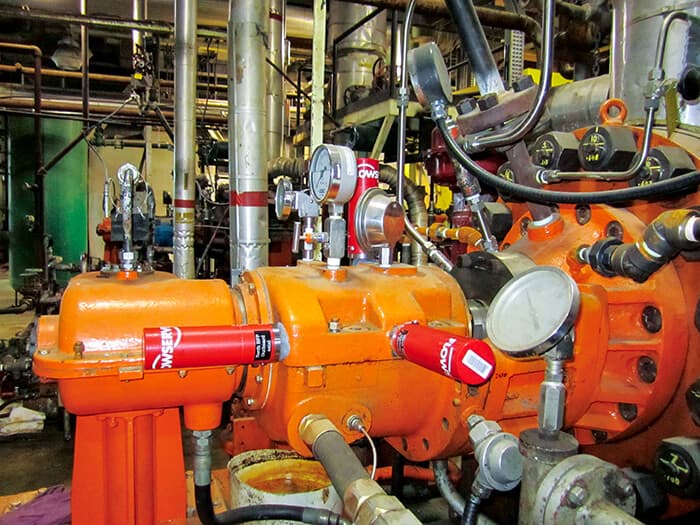
Andreas Dreiss, an engineering fellow at Flowserve, took time to answer some questions pertaining to sustainability.
When it comes to sustainability, what does that mean for people in the pump industry?
In the past, companies had been more reactive when it came to sustainability. Today, the industry sees it as a huge opportunity. And rather than waiting for new efficiency standards to come out, there is more of a mandate for operators to look at opportunities with energy transition now and to find ways to reduce carbon emissions while increasing efficiency.

At Flowserve, our purpose drives us to make the world better for everyone, and that directly applies to how we achieve our sustainability as well as enable the sustainability goals of our customers. We want to provide innovative products that will meet those new energy standards as they emerge. Pumps are a significant part of the process. And instead of only looking at pump or motor efficiencies, we are working with customers to see the whole lifecycle and plan energy savings throughout — from design to activation. As a supplier, we want to push for an active approach that closes the gaps in meeting our customers’ sustainability goals.
What are some best practices for sustainability that the pump industry can employ?
- Facilitating good communication between customers and suppliers in specifying and purchasing the right products
- Gathering the right information to make informed decisions
- Understanding each customer’s point of view, requirements, and urgency
- Minimizing life cycle costs
How can people be empowered to achieve the best sustainability results?
As an operator looks to improve sustainability, it’s important to understand where opportunities exist within the operation. OEMs or companies like Flowserve are highly knowledgeable on opportunities to improve sustainability with regards to flow control equipment. They can assist with the technical aspects of a project, but also take an innovative approach to help customers achieve their sustainability goals. Operators need to be partnering with companies that have the right technical expertise, as well as a culture that fosters innovation and values carbon reduction efforts. Ask if your manufacturer encourages its team members to:
- be innovative
- take ownership and do what’s best for the company and its customers
- demonstrate trust in guiding projects
- foster a dual sense of urgency and ownership
- show passion for continuous improvement in technology
Where should the industry look when it comes to creating innovative solutions for sustainability?
Operators should look at partnering with a company that’s not only able to provide them with efficient equipment right from the start, but also provide solutions as the equipment comes into operation and goes through years of service – such as the incorporation of IoT solutions and predictive maintenance. That helps to reduce downtime instances and maintenance activities and makes the operations more sustainable in that sense. Not to mention, it reduces the overall cost of ownership for the customer as well. This all leads to sustainability, reduced emissions, and improved efficiency of the operations.
When it comes to operating without compromise as it pertains to sustainability, what does that entail?
When we talk about reducing emissions and increasing efficiencies to reach the Paris Agreement goals, we realize there are still many years to come of using fossil fuels to generate energy. That means in the meantime, we need to look at existing infrastructure to make that more efficient and sustainable.
For us, that means leveraging our Diversification, Decarbonization and Digitization strategy to support today’s energy needs as well as those in the future. We’re helping customers that are diversifying their operations and adapting newer, greener, cleaner methods of energy production. It’s a twofold approach toward sustainability: looking at current operations, making it more efficient, reducing emissions, and at the same time, supporting newer technologies with our innovative portfolio of solutions. That approach will help our customers meet their energy transition objectives today and into the future.

